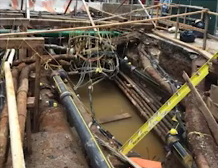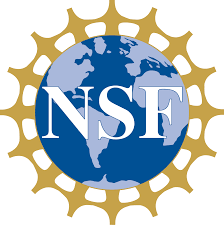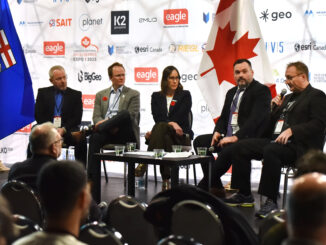


The UNUM project shows the benefits of infrastructure collaborations.
At a March 23, 2022, SUMSF live stream presentation, participants were able to hear about the UNUM project and NYC’s approach to underground infrastructure interoperability. The speakers included Rae Zimmerman, NYU Wagner Research Professor and UNUM Co-investigator, Alan Leidnar, GISMO board member, and Wendy Dorf, also a GISMO board member.
Most infrastructure today is below ground, involving stakeholders such as government agencies, academics, utility owners, non-utility companies, professional organizations, and more. The challenge is to get everyone together to handle the underground infrastructure that is all interconnected.

The presentation informed participants of the underground infrastructure networks and use cases for data collection, mapping, and analysis. Network examples included water, sewer, energy, gas, and transit among others. Use cases included street excavations, excavations for new foundations, emergency response, and disaster planning.
Besides the status of NYC utility digital data, the National Underground Asset Register (NUAR), and a community-driven digital twin were talked about. The concept of a 3D data pilot was also shown, answering questions as to what data was wanted.
The UNUM (Unification for Underground Resilience Measures) project, sponsored by the NSF (National Science Foundation), was conducted in two stages. Two pilot sites were decided, the Midtown East area and Sunset Park in Brooklyn.

UNUM’s network structure and proposed expansion with collaborators were discussed.
Some initial findings revealed stakeholders agreed infrastructure mapping and data integration are important for the integrity and resilience of underground

infrastructures. Infrastructure emergencies and disasters are often connected to environmental, as well as other conditions, specific to infrastructure interconnections.
The benefits of underground infrastructure collaborations were discussed and include the following: increased safety, improved services, decreased management costs, and improved information and communications.
An informative Q and A session followed the presentation. You can watch the live-streamed presentation on Youtube below.




Be the first to comment